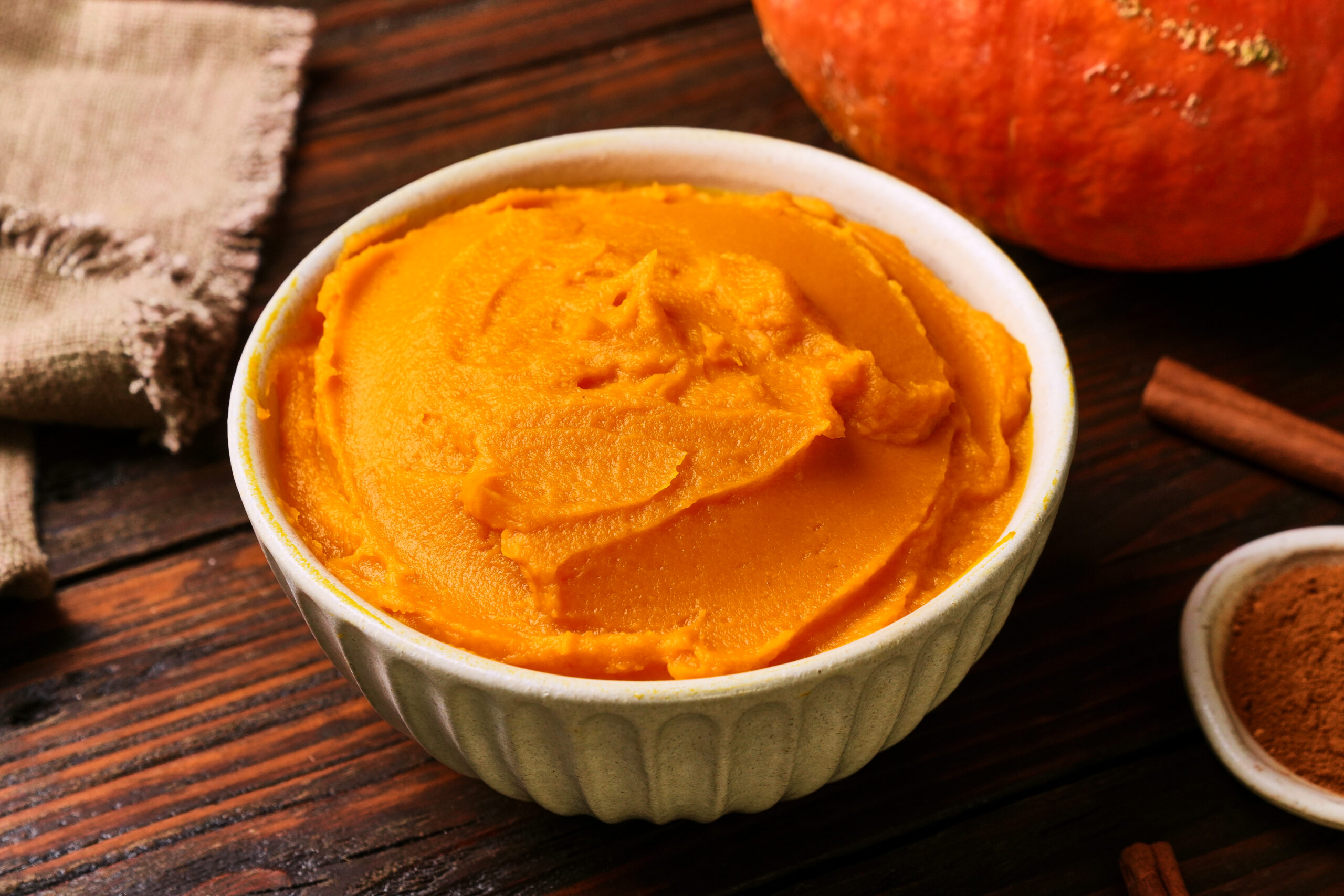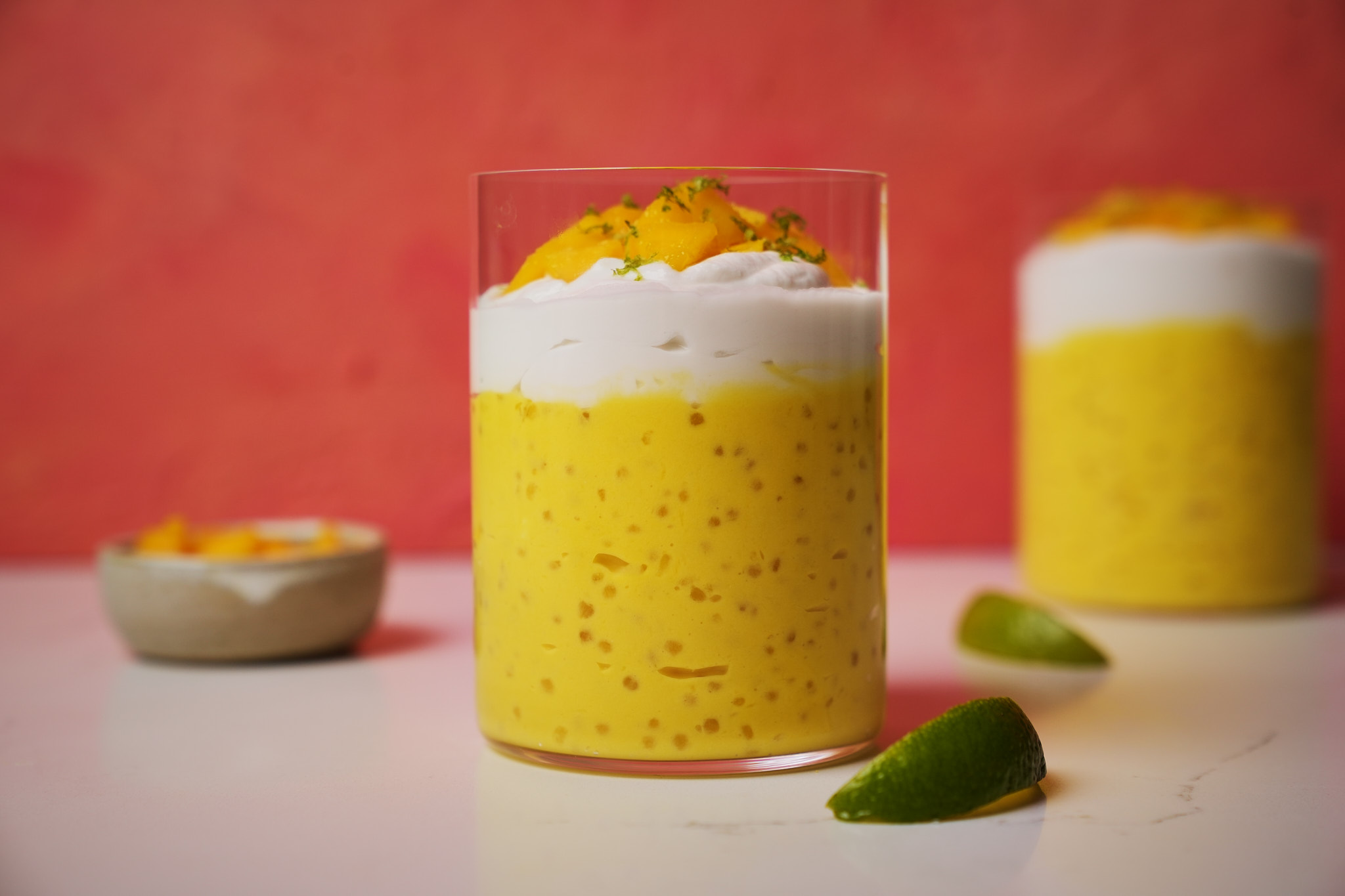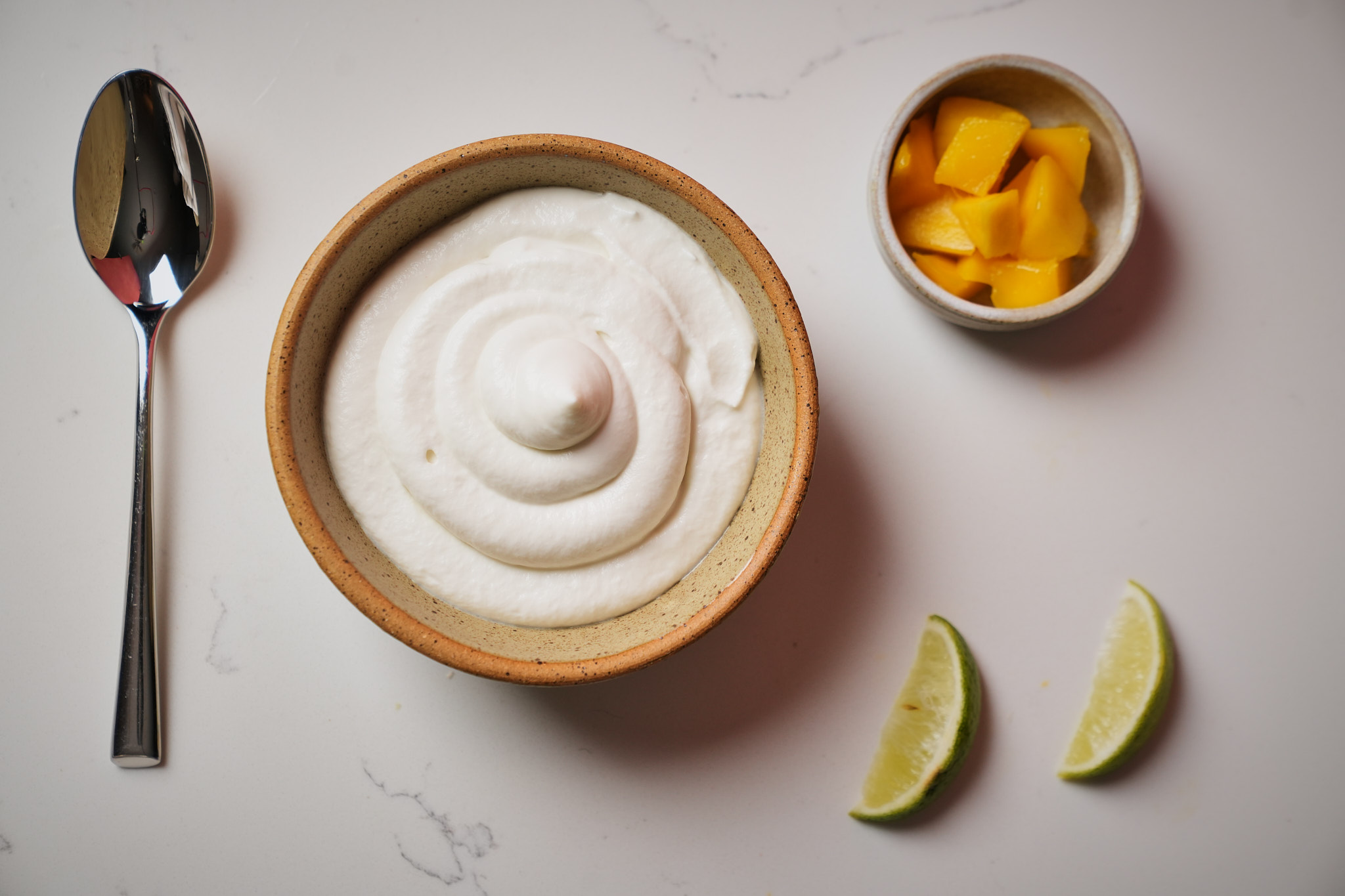Disclaimer: Some links are Amazon affiliate links. Purchases made through them help support the recipe testing, photos, and content I share — thank you!
Summary
This is real sour cream, not the fake stuff most online recipes go for. It is full bodied, gut healthy, and gives you control over how sour it is in the end.
Once you make sour cream like this, you may never go back. It is super easy to make and it has a thicker and richer flavor profile than the kind you get at most super markets today. Did we mention it is also is cheaper to make at home? Most recipes online use lemon to add sourness, but that is not really sour cream (its not even the right kind of acid). Sour cream is fermented by live cultures over time, so that is what we are doing.
You May Like These Recipes Too
Additional Details About This Recipe
How long will homemade sour cream last?
Most sour cream labels will say to use sour cream within 10-14 days after opening. However, homemade sour cream will likely last much longer than that. It’s better to know the signs of spoilage to look out for instead of going by arbitrary dates set by manufacturers. Those signs are mold, discoloration, foul oder, and curdling. Sour cream can last over a month if stored properly.
Is sour cream worth making from scratch?
Yes. Making sour cream is well worth it because it is cheaper, tastes better, lasts longer, and is extremely easy to make. It also takes less than 5 mins of your time to make. It can be made on the regular for even the busiest of people. You can also avoid micro plastics by using glass containers to make and store it.
How to can I make sour cream faster?
There are two steps you can take.
Warm it up: Creating an environment where the cultures can thrive speeds up the fermentation process. That ideal range for the cream is 78-85 degrees. You can use a fermentation chamber or seedling mat to elevate the temperature enough to achieve this range.
Use more cultures to start: Doubling the amount of sour cream can speed up the process. You effectively double the amount of cultures you start with. If going this route, we recommend checking it after 18-24 hrs.
Can I double this recipe?
You can, as long as your pot and fermentation setup can handle the volume. Heating and cooling will take longer.
Nutritional Facts
Serving Size: 1 tablespoon (15 g)
Yield: ~240 g (about 16 servings)
Vitamin A: ~55 µg (about 6% DV)
Calories: ~45 kcal
Total Fat: ~5 g
Saturated Fat: ~3 g
Trans Fat: 0 g
Cholesterol: ~16 mg
Sodium: ~3 mg
Total Carbohydrates: ~0.3 g
Sugars: ~0.25 g
Protein: ~0.2 g
Calcium: ~8 mg




